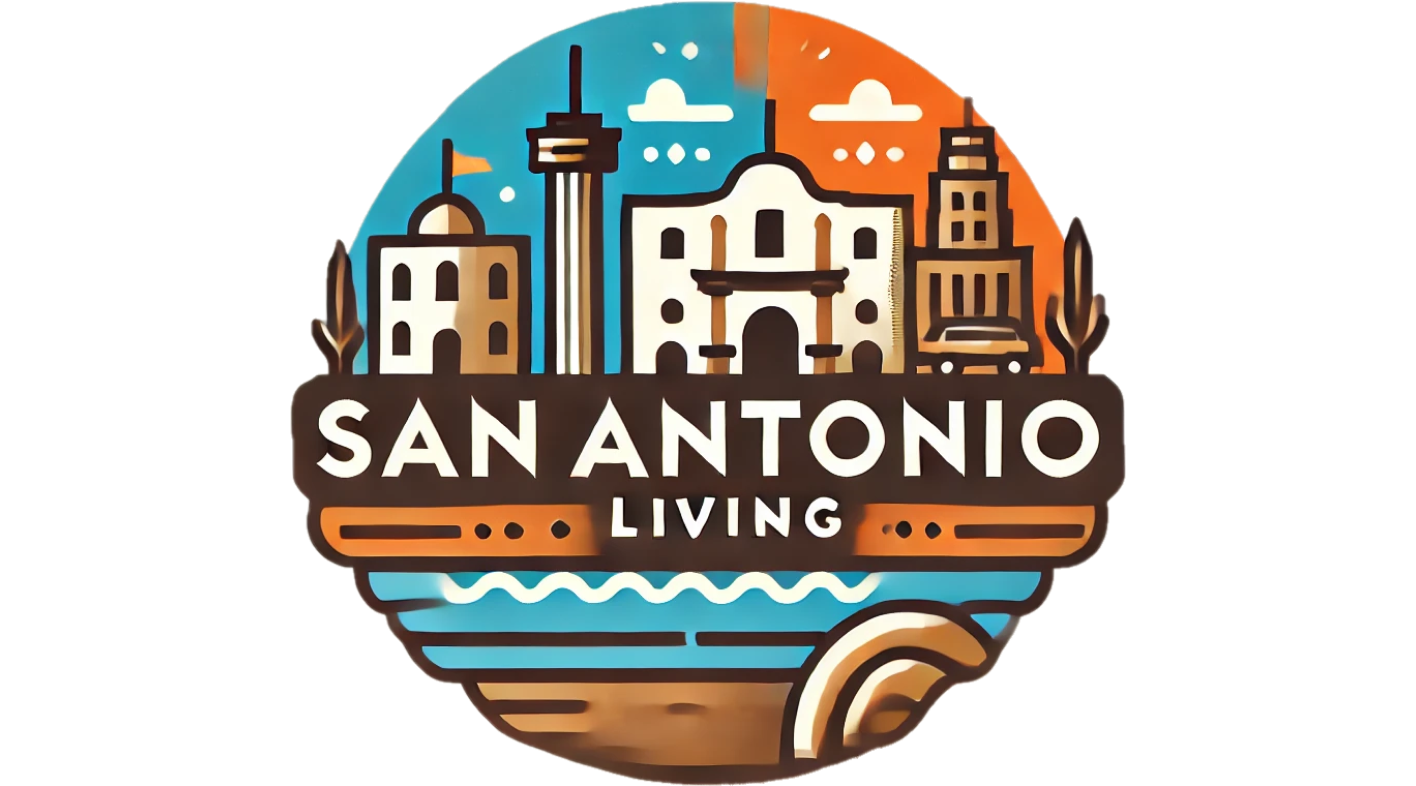
San Antonio’s Mortgage Delinquency Crisis: What You Need to Know
San Antonio has recently topped the list for the highest mortgage delinquency rates among major U.S. metro areas, with a staggering 4.3% of residents more than 30 days late on their mortgage payments. This alarming statistic points to a broader trend in South Texas, where other metros, such as McAllen and Laredo, also report severe delinquency rates of 6.7% and 10.3%, respectively. While this data provides insight into the local economy and housing market, it raises concerns about the stability of homeowners who contribute to the economic landscape.
The Broader Impact of Delinquency Rates
The consequences of rising mortgage delinquencies extend beyond individual families. Higher rates of mortgage delinquency, which have increased above pre-pandemic levels across all loan types, can create an unstable housing market, impacting everyone in the community, including renters and businesses. Given that mortgage loans constitute over 70% of total U.S. household debt, these figures signal a potential economic downturn that could affect local entrepreneurs and the job market in San Antonio.
Context Within the National Landscape
To put San Antonio's situation into perspective, the national average for mortgage delinquency aligns closely with trends observed during the 2008 financial crisis, reaching approximately 11.5% during its peak. Today, the delinquencies in San Antonio reflect a worrying picture of its economic resilience, especially in light of increasing costs impacting local businesses. As tariffs and a cooling labor market grind down economic momentum, residents face mounting financial stress.
Future Trends: Economic Implications and Predictions
Looking ahead, experts predict that unless there is a significant economic recovery and stabilization, the situation could worsen. With housing costs still on the rise and wages stagnant, the residents of San Antonio may find themselves in a precarious position. Local business owners, startups, and those interested in launching new ventures must monitor these trends closely, as they could affect consumer spending, investment, and the overall vitality of the San Antonio local economy.
Supporting Our Local Economy Amid Crisis
As the economic landscape shifts, it is essential for residents and local businesses to adapt and support one another. Entrepreneurs and small business leaders can engage with resources available through organizations such as the San Antonio Chamber of Commerce to better understand the business climate and connect for shared solutions. Seeking assistance from local business grants, networking events, or even entrepreneurial workshops can help stabilize the individual and collective financial situations faced in the community.
Conclusion: Navigating Uncertainty Together
Understanding the local economy's current status in San Antonio and its high mortgage delinquency rates is crucial for residents, business stakeholders, and policymakers. By coming together and leveraging local resources, residents can foster resilience within this disheartening context. As we navigate uncertainty, the pathway towards economic protection and recovery lies in supporting one another and our local businesses.
 Add Element
Add Element  Add Row
Add Row 



Write A Comment